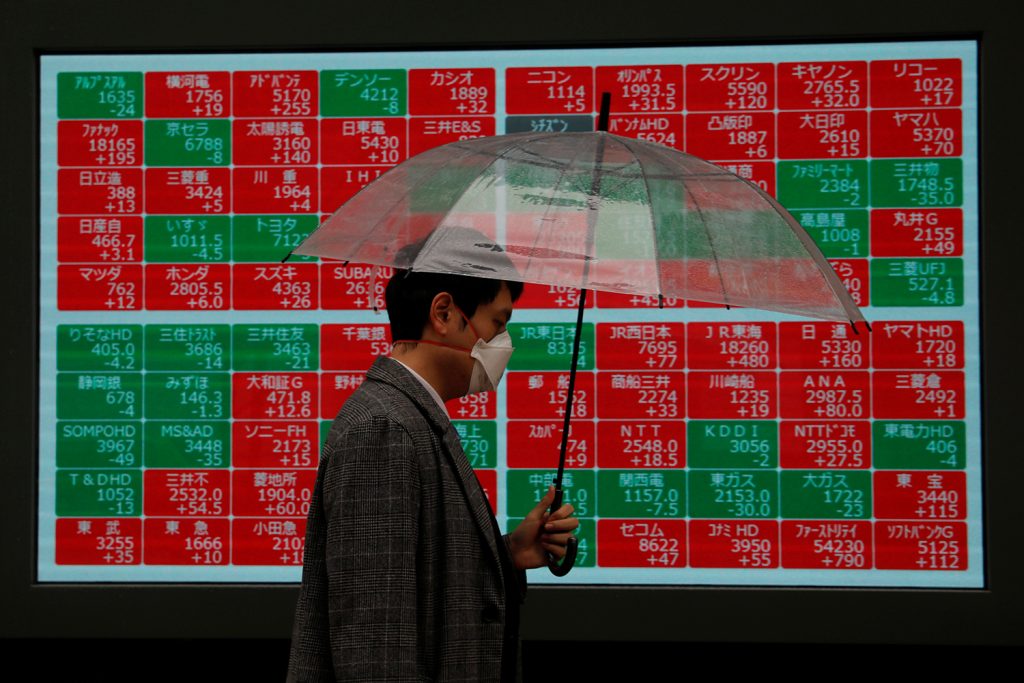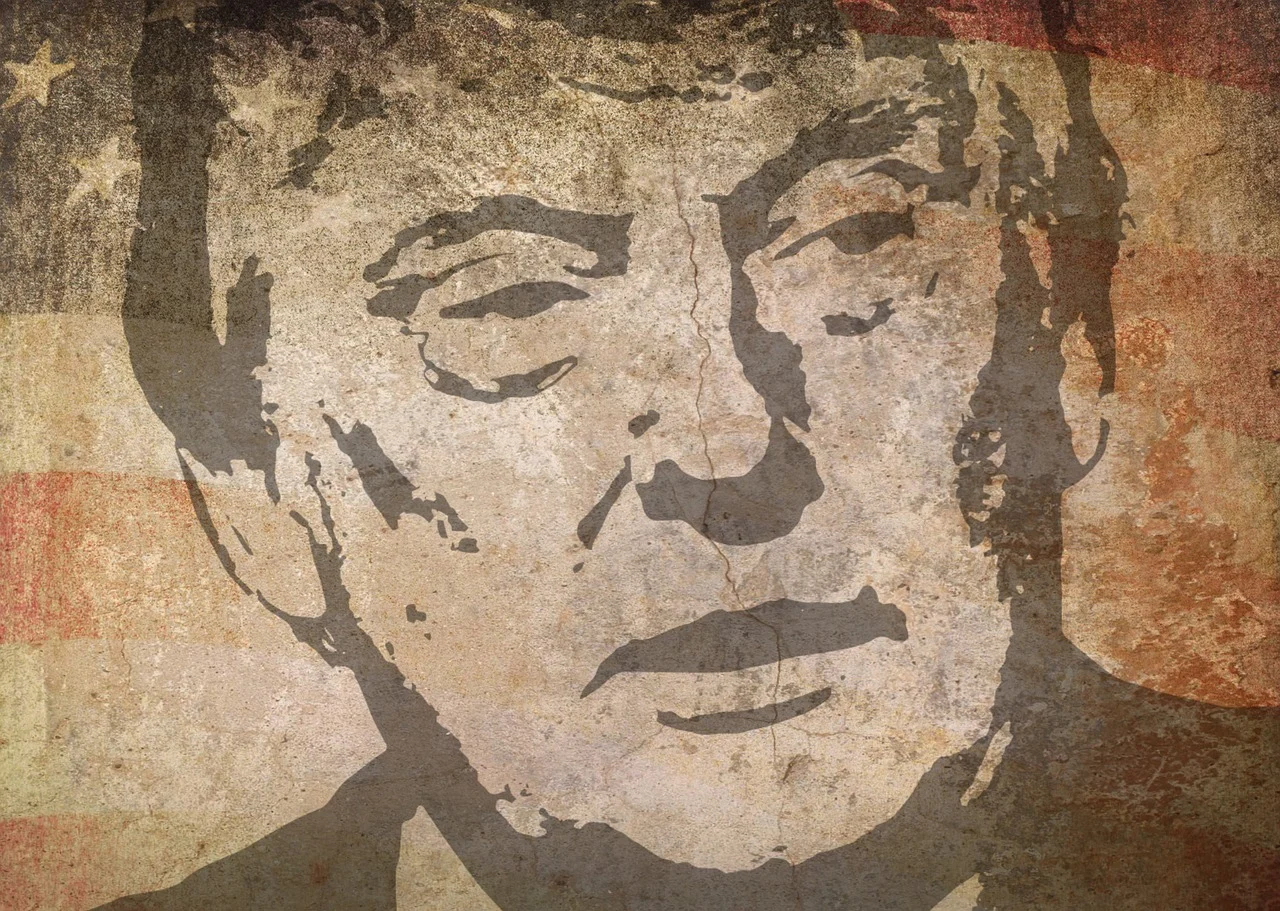
Earlier this week, market has been shocked by a sudden and historic collapse after Saudi Arabia launched a crude price war against Russia. Since then, the oil market suffered by as much as 30% fall in the largest single-day drop, largest since the U.S. invaded Iraq in 1991. Brent crude oil closes at $45.27 per barrel on Friday last week and plunged 30% on early trading to $31.02 per barrel, its lowest level since February 2016. West Texas intermediate (WTI), dropped $41.28 per barrel and opened at $34.27 per barrel on early trading.
Since earlier this year, the spread of COVID-19 has prompted global market tumbling and uncertain. With China being the world’s largest importer of oil and second largest consumer of oil, implicated by the shutdown due to the coronavirus outbreak, crude oil consumption in the country has declined sharply, leaving a glut on the global market, triggering big price drops. The novel coronavirus COVID-19 source was believed to begin at a ‘wet market’ in Wuhan, China and since its shocking discovery around December last year, it has expanded to touch nearly every corner of the globe. The number of confirmed worldwide cases has reached more than 125,000 today with Indonesia, Turkey, Ivory Coast and Egypt reporting first cases into the country. The death toll from the virus has now topped 4,600 – including 38 in the U.S., and the number is expected to keep growing, with no end in sight.

6-months oil market price
Meanwhile at Wall Street, panic selling drove to yet another consecutive losing week with negative sentiment wiped out more than $10 trillion in global stock market value since late-January virus concern. Main U.S. financial indexes were seen closed at red, with Dow plunged 2,013.76 points, or 7.8%, to 23,851.02, marked the largest one-day point loss for the Dow on record, and the largest single-session percentage hit since 2008 financial crisis. The S&P 500’s more than 7% drop to end at 2,746.56 was also the most since December 2008, led by stunning declines mostly in the energy and financial sectors. Nasdaq plunged 624.94 points, or 7.3%, to finish at 7,950.68. All three U.S. major benchmarks suffered their biggest one-day percentage declines since the financial crisis in 2008.
Markets were moving back up on Tuesday as some investors dips their toes back in before resumes their downtrend on Wednesday, with Dow tipped into bear market and other are also measuring to touch bear-market territory. Dow Jones index were the most effected following another steep selloff on Wall Street that snapped a more-than-decade-long bull market.

3-months U.S. major index benchmark
Driven by history of U.S. subprime mortgage debacle, the question being asked – are we going in the same way as 2008 financial crisis or are we in uncharted water, as we’re going ahead?
To compare, 2008 financial crisis were more indirect as it mostly affected financial institutions, banks and the capital market. Meanwhile, COVID-19 is affecting broader business sectors, including tourism, transportation, trade, manufacturing and investment. This is more complicated issue as it involves humans and their lives. It deals with people’s willingness to move around and conduct activities, so the risk would be in the real economy. Possibility of job terminations comes from companies who cannot operate as usual, such as airlines, hotels and manufacturing sector, which are experiencing a disruption in the supply chain. This economic downturn also puts pressure on global oil price with government banning travelling, airlines cutting flights and tourists cancelling business trips and holidays. On top of that, Russia-Saudi oil price war even worsen the situation.
With stock market sinking, interest rate cuts, increased unemployment, government stimulus packages and talk of recession, it is looking a lot like a “Déjà vu” of 2008 financial crisis. However, analysts and asset managers say that there are fundamental differences between the two.
For one thing, today economy and financial system is now better and more robust than it was in 2008 to avoid systemic damage and to withstand COVID-19 coronavirus impact. 2008 downturn was a set off by an overheated housing market, before prices comes spiralling down pushing banks to the brinks of bankruptcy. This time, the threat is external. With tighter regulations and better capitalization, an appropriate arrangement can be done from time to time to counter the impact. On Tuesday, President Donald Trump floated the idea of ‘payroll tax cut or relief’ measurement to offset the negative impact from the coronavirus outbreak. The potential tax incentives come on top of an $8.3 billion spending package Trump signed last month. Recently, White House also inviting Wall Street executives and banks management to discuss the response to the new coronavirus impact. While recession is highly likely, it is likely to be brief and much less severe than the before. For one thing, the 2008 financial crisis and recession resulted from years of deeply rooted weak spots in the economy. That’s not the case now.
The question is how much ammunition left do government left to fight a more severe economic downturn or drawdown in risk assets.
More fearmongering than real situation. While U.S. stocks are in panic sell-off, China’s investors have already passed that scare phase. China’s stock market, at the heart of the outbreak, is back to making money again. China’s swift and strict measures to contain the virus, optimism over fiscal and monetary stimulus, and relatively reasonable valuations are among the key reasons for the recent rebound. A gauge of Chinese stocks in Shanghai and Shenzhen just posted its best week in a year - a 5% gain - after touching a two-year high on Thursday. Meanwhile, the S&P 500 Index has fallen more than 12% from the record it reached last month, with volatility surging.

3-months markets (around start of COVID-19)
Unemployment. Since the start of recession in December 2007, around 11 million Americans lost their job, lasting 18 months. Unemployment more than doubled to 10%. Meanwhile, in the current crisis, losses are estimated to be in the total of thousands, with travel and tourism and manufacturing enduring much of them. Some companies such as Facebook, Google, Twitter and Amazon are asking more employees to work from home as the outbreak continues to spread. Banks also are scrambling their workforces to reduce the risk. JPMorgan Chase has dividing their sales and trading teams between separate offices and Bank of America said that they’re splitting its fixed income and equities trading teams. Measure taken to ensure business can be continued even if they can no longer access Wall Street or locations in central London.
In the matter of the oil price war, it all comes down to how much pain can each of the country take. The crisis undoubtedly will be damaging and forcing both countries to make difficult adjustments to the economies longer it dragged on. The world’s top two oil exporters are now claiming that each have enough resources and means to tackle economic shocks. Moscow said that they could withstand oil prices of $25-$30 per barrel for 6-10 years. While Riyadh declares that they can afford oil at $30 per barrel but would have to sell more to soften the hit to its revenue. The Kingdom is currently pumping up to 9.7 million barrels per day but has the capacity to ramp up to 12.5 million barrels per day.
Another issue, however, is that governments and central banks were able to throw massive amounts of money at the problem in 2008. That may not be as effective this time around. While announcement of President Trump’s fiscal stimulus seems to put more money into the financial of workers, but some economists have questioned whether typical stimulus measures will work during the coronavirus crisis, as many people being cautious and stay at home. That means, even with more money, Americans may not be spending it at restaurants or the movies. There are concerns that monetary policy remedies take time to flow through the system.
Take a breath. While the toll the infection ultimately takes on the nation isn’t clear, the economic upheaval caused by the outbreak will likely not be nearly as damaging or long-lasting as the historic downturn of 2007-09. As long as pre-emptive and coordinated policy response is delivered. In short, as the virus and oil crisis build and threatens a global economic recession, and the need for global cooperation is most acute, it remains to be seen if world leaders can step up and provide effective leadership to mitigate the risk. Economy’s major players - consumers, businesses and lenders are much better positioned to withstand the blows and bounce back. This will allow for a faster economic rebound after the crisis is brought under control. While fear can bring down the market lower, but a quick recovery is expected when the threat diminishes.













